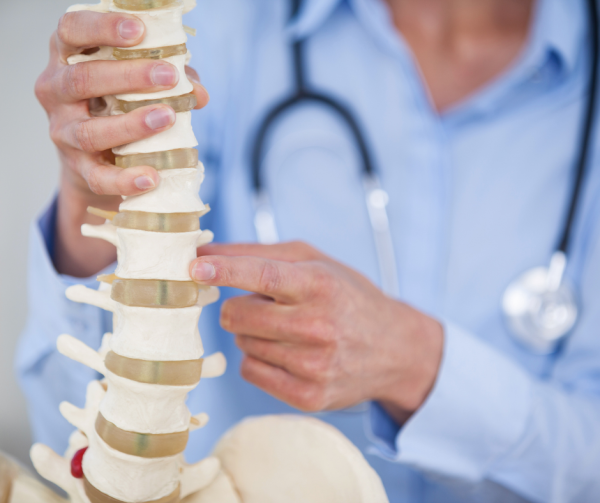Scoliosis is a condition affecting the curvature of the spine. For those diagnosed, understanding the available treatment options is a foundational step in managing the condition effectively. There is no universal path for treatment. The therapy plan often depends on factors such as age, degree of spinal curvature, and whether the condition is progressing.
What Is Scoliosis?
Scoliosis is a medical condition characterized by a sideways curve in the spine. While a normal spine appears straight when viewed from behind, this condition causes it to curve in an “S” or “C” shape. The severity and visibility of the curve depend on the angle of the curvature, which physicians measure using degrees. The condition can emerge during childhood or adolescence.
Types of Scoliosis
- Idiopathic scoliosis is the most common form. It has no definitive underlying cause.
- Congenital scoliosis occurs due to irregular spinal development before birth.
- Neuromuscular scoliosis is linked to neuromuscular conditions such as cerebral palsy or muscular dystrophy.
Signs and Symptoms
Some common physical indicators of scoliosis include uneven shoulders, an uneven waist or hips, or noticeable leaning to one side. Adolescents often experience it without discomfort. Diagnosis typically involves a physical examination and imaging tests, such as X-rays, to evaluate the spine.
How Is It Treated?
Scoliosis treatments are highly individualized. They can depend on the patient’s age, severity of curvature, and risk of progression. Treatment options range from observation and non-surgical approaches to surgical intervention for more severe cases.
Monitoring and Observation
For patients with mild scoliosis or stable curvature, doctors often recommend regular monitoring rather than immediate treatment. Regular check-ups, usually conducted every 6 months, allow healthcare providers to assess whether the curve is worsening. Monitoring can be especially common in adolescent idiopathic scoliosis.
Bracing
Bracing may be used for children or teenagers still undergoing growth. The goal of bracing is not to reverse scoliosis but to prevent the curve from worsening during growth. Patients may be advised to wear their braces for 16 to 23 hours a day, depending on the physician’s recommendation.
Physical Therapy and the Schroth Method
Physical therapy has gained popularity as a non-invasive option for managing the condition. One specific method, known as the Schroth Method, uses custom physical exercises to improve posture, strengthen muscles, and potentially reduce the progression of spinal curve. These exercises are designed based on the individual’s curve pattern.
The Schroth Method focuses on:
- Restoring muscular symmetry
- Improving posture and spinal alignment
- Breathing techniques that promote expansion of the rib cage
Surgical Options
For severe scoliosis cases, surgery may be proposed. Spinal fusion involves connecting vertebrae to stabilize and straighten the spine. Surgeons may use metal rods during an operation to achieve the desired spinal alignment. Surgical intervention often effectively reduces spinal curvature and improves physical functioning.
Seeking Medical Treatment From a Professional
Navigating scoliosis can bring many questions, but seeking tailored advice from medical professionals provides the clarity needed to manage this condition effectively. Scoliosis treatment is not one-size-fits-all, and a medical team can recommend options suited to your unique situation, whether through observation, targeted therapies like the Schroth Method, or surgical intervention. With proper guidance and support, treatment can promote better posture, alignment, and overall well-being.

